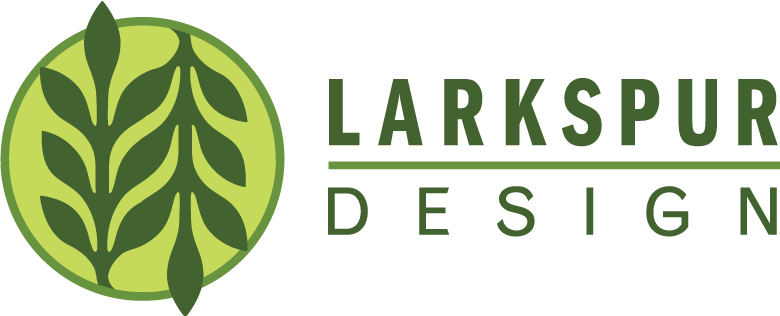Fall Cleanup
This bee is burrowing into fallen leaves for shelter. Photo by the Xerces Society.
leave the leaves!
Leaving some leaves will allow pollinators to continue their life cycles while contributing to healthier soil, and more abundant, and diverse ecosystems. The vast majority of butterflies and moths overwinter in leaf litter. Birds depend on these insects as a food source.
Critters like worms, snails, spiders, and microscopic decomposers like fungi and bacteria, take shelter in the leaf litter.
Lawns themselves can benefit from a thin layer of leaves, adding organic matter and nutrients to the soil beneath. Be sure to keep leaves whole; shredding leaves in the fall could destroy the eggs, caterpillars and chrysalis of beneficial insects.
If you have a lot of leaves and are worried about them matting too much, remove some of them and add them to your garden beds, and around the base of shrubs and trees to act as nutrient rich mulch, adding an extra layer of insulation from frigid winter temperatures.
Leave the stems & Sticks!
Native bees nest in hollow stems. Leaving hollow and pithy stems of varying heights (8-24 inches) and stem diameters (1/8-5/16 inch) provide this nesting habitat.
Birds feast on seed heads of dormant flowers and leftover berries.
Critters like worms, snails, spiders, and microscopic decomposers like fungi and bacteria, take shelter in the leaf litter.
Gather fallen sticks into intentional piles to provide nesting habitat for decomposers, frogs, and salamanders.
Some common plants to leave for nesting bees such as carpenter bees, mason and leaf cutter bees include: Anise Hyssop (Agastache), Joe-Pye Weed (Eutrochium), Swamp Milkweed (Asclepias incarnata), Sunflowers (Helianthus), Blue Wild Indigo (Baptisia australis), Bee Balm (Monarda fistulosa), Coneflower (Echinacea) Switchgrass (Panicum virgatum), Mountain Mints (Pycnanthemum), Goldenrods (Solidago), Elderberry (Sambucus), & Asters (Symphyotrichum).
Informative sign for sale by the Wild Seed Project
Tips & Tricks
Even though you're leaving the leaves, clean up the edges of your garden beds to keep up the appearance of intentional gardening - this is called "cues-to-care"
Add an informative sign for passerbyers
Reach out to your local garden crew to help you assess your plants and assist in fall clean-ups
FALL CLEANUP RESOURCES
Books
Planting in a Post-Wild World by Thomas Rainer and Claudia West - description of ‘cues-to-care’ and how you can get your neighbors on board with an “unconventional” gardening style.
Handouts / Brochures
Articles
Leave The Leaves! by Justin Wheeler of the Xerces Society
Why you should leave the leaves (and give yourself a break from yard work!) by Jessie Thuma of the Tufts Pollinator Initiative
Protecting Habitat Through the Winter: Leave the Leaves! by Anna Fialkoff of the Wild Seed Project






